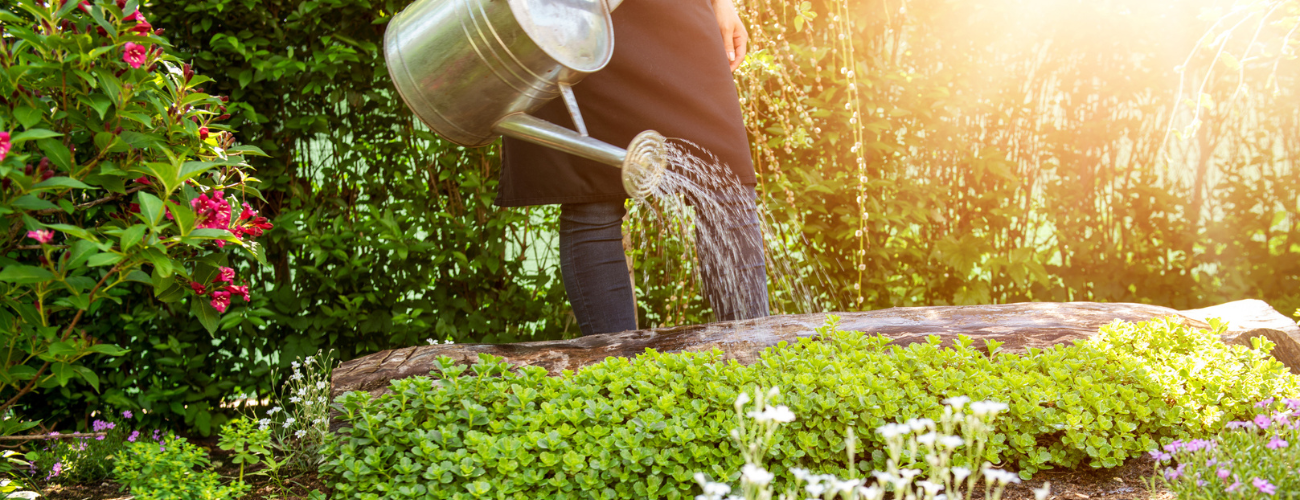Turning on your hosepipe to water your garden can use over a thousand litres of water per hour. This is equivalent to what a family of four uses in two days. South Eastern Water has imposed a hosepipe ban on its customers across Kent and Sussex with fines of up to £1,000 for flouting the ban. Regardless of the hosepipe ban it is fair to say that with changing climates and more housing the demand for water has never been higher and using fresh drinking clean water to water our gardens is something we should all be trying to avoid even when a hosepipe ban is not in place. Firstly plants prefer rain water and secondly it will save you money, with an estimate of £1.50 per hour of hosepipe use.
So how can we keep our gardens greener and our plants flourishing in the dry weather? Here are some tips for the short term and some ideas for the longer term.
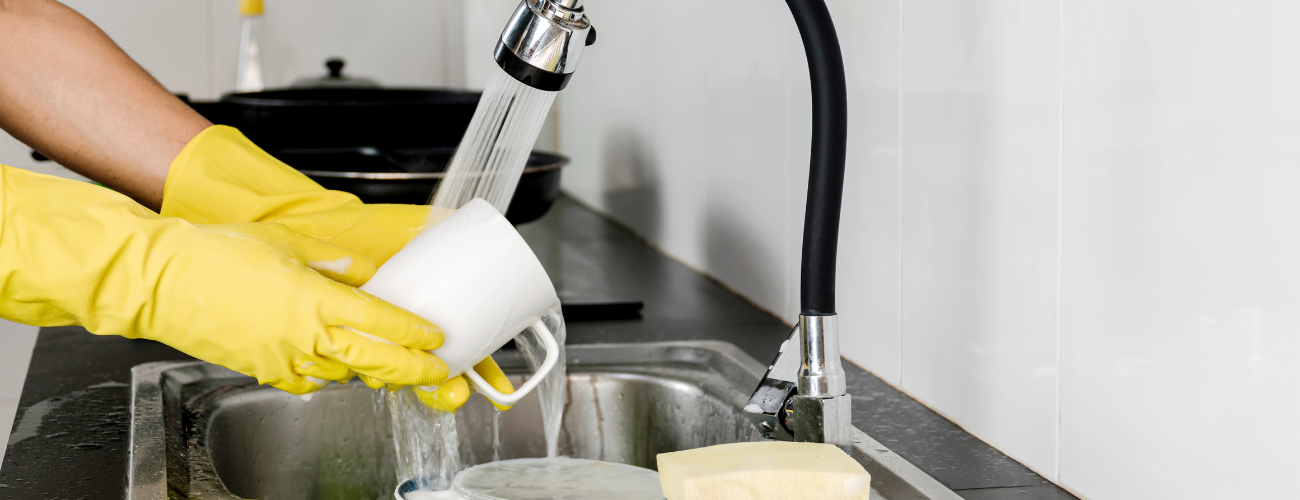
Grey water
Grey water is water that you have already used, for example, for washing up, washing your hands, cooking pasta or vegetables, taking a bath etc. Keep a bowl in your kitchen sink to catch any water you use and pour it into a watering can. Putting a bucket under the tap or shower while you are waiting for the water to warm up will capture many litres. Every time you turn the tap on inside the house, consider if you can reuse the water. Use it on your ornamental plants but not edible crops, due to the risk of contamination from pathogens in the water.
Normal washing up liquids and hand soaps etc are fine but not cleaning substances such as bleach based chemicals. Let those go down the drain. Soil and potting composts are efficient at filtering contaminants for the short term. Every few weeks it may be worth flushing the soil through with fresh water. This is good for a short-term solution, but be sure to use the leftover water within 24 hours to avoid bacteria building up.
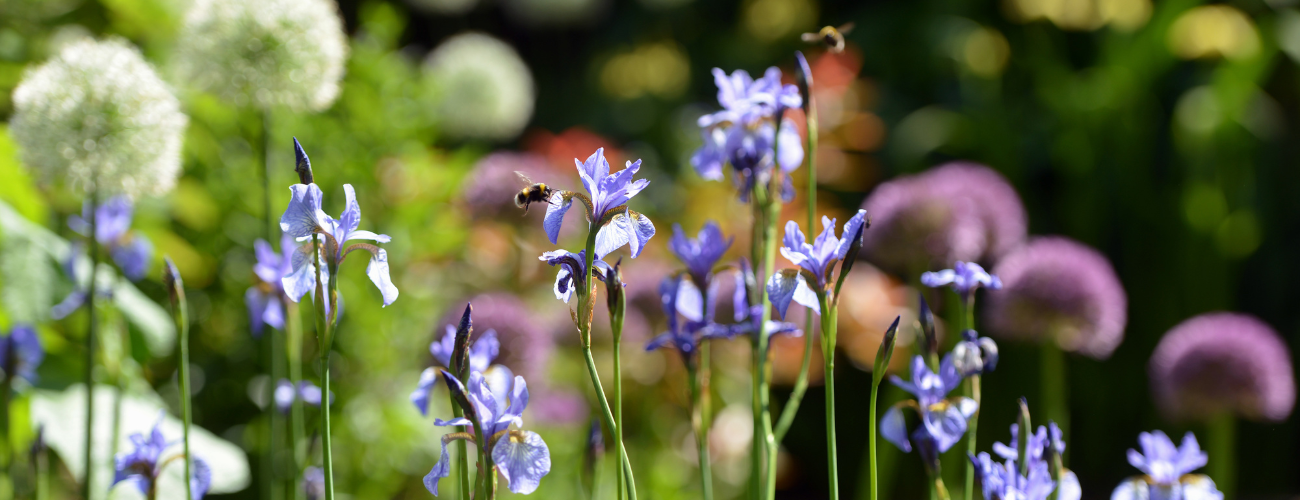
Short term tips
- Don’t water your lawn unless it is newly sown or laid. Established healthy lawns can go for about three to four weeks without rain before they start to die. In the meantime they will go brown and dormant. Do not stress your lawn further by mowing. When the rains return your lawn will green up again. You may need to do some repairs in Autumn.
- Only water early in the morning or evening when it’s cooler. This gives time for the water to sink down into the soil before evaporating in the heat of the day.
- Group potted planters together and move them to a shadier spot. This will increase the humidity and slow down the air flow around the pots. This helps to reduce the speed at which water evaporates from the pots so they don’t dry out so quickly.
- Pour water on slowly, aiming to keep it in the pot and not allow it to drain out of the bottom. If your pots are light enough to lift place them in a saucer. This will catch any water that does come out of the bottom of the pot and allow the plant to draw on it. Or if lots come out you can tip the water back into a can and use it on another plant. Don’t leave pots sitting for long periods in pools of water as this can lead to root rot.
- Place a bucket under hanging baskets when you water them to catch the drips and use this water again.
- Hosepipes are banned but watering cans are not. It can be cumbersome and time consuming using a watering can but it does make you aware of how much water you use.
- Check if water is needed before watering. The newer peat free composts often look dry on the surface whilst being damp underneath. If the surface of the soil or compost is dry, that does not necessarily mean that the plant needs water. Water is needed at the root tips, so surface moisture is not always a good indicator. If using the touch test, push your finger down into the compost or soil to at least knuckle depth to see if it is damp, rather than just feeling the surface. Plants will use more water if more water is made available to them, you can usually allow them to dry out a little between watering, they don’t need to be wet all the time.


- Prioritise the plants that need water most. Plants in pots need to be watered more than plants in the ground.
- Don’t water foliage but direct water at the soil around the stems above where the roots are. Wet or humid foliage will encourage fungal problems and evaporation from the surfaces. Leaving the surrounding soil dry will also help to limit weeds. Pour water on slowly, aiming to keep it in the pot and not allow it to drain out of the bottom.
- Cropping plants like fruits and vegetables will need regular watering but they are not all alike. Leafy crops such as lettuce and spinach should be kept consistently moist and given a little shade from the midday sun or they will run to seed and become inedible. Pumpkins and courgettes need regular watering. Courgettes are particularly prone to powdery mildew in dry soil. For spreading crops like pumpkins, be sure to mark where they were planted with a tall stick that can be seen above the foliage. If you water the stick then you know you are also watering the roots, which are the part of the plants that take up the water. Onions on the other hand require little or no watering. For potatoes it is a good idea to give them a soaking once every 10 days and a single, thorough watering about two weeks before harvest.
- Plant veggies into the bottom of a saucer shaped depression in the soil. This means that when watering the water collects in the right place and soaks down to the roots.

- Insect-proof netting over crops like brassicas will slow the flow of air and help to conserve moisture.
- Spring planted perennials and shrubs are likely to need more watering than self-sown or autumn grown plants as they have new and shallow root systems. Newly sown or newly planted areas are very vulnerable to water-stress, and watering these should be high priority.
- For plants in the ground, soak once a week not a little every day. A bucketful or can full of water will penetrate deeper into the soil and draw the roots of the plants down with it making the plants more drought resistant. Merely damping the surface every day means the soil will dry out quicker and the plant roots will stay at the surface making them more vulnerable to drought stress. If soaking your whole garden once a week with buckets of water is too difficult. do a different section every day on a rota to make it more manageable.
- Mulch your borders and pots with organic matter, grit/gravel or weed membrane. These will all help to reduce moisture loss and suppress weeds. Ideally your soil will be damp at the time of mulching.
- Consider purchasing a drip or trickle irrigation watering system. You are allowed to use one during a hose pipe ban if it is fitted with a pressure reducing valve and a timer, and places water drip by drip directly onto the soil surface or beneath the soil surface, without any surface run off or dispersion of water through the air using a jet or mist. They are very useful for watering pots while you are on holiday and take the effort out of remembering to water and the burden of carrying watering cans. A dripper irrigation system uses up to 90% less water than watering the garden with a hosepipe.
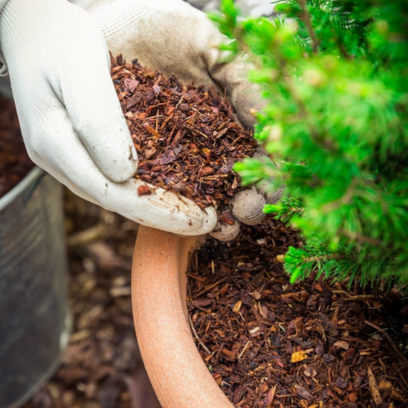
- Using self-watering pots or baskets. These have a small reservoir in the base to store water that the roots can draw on, so need watering less frequently.
- When planting shrubs and trees sink a piece of drain pipe or open ended lemonade bottle into the soil next to the roots. Watering directly into the pipe directs water directly to the roots.
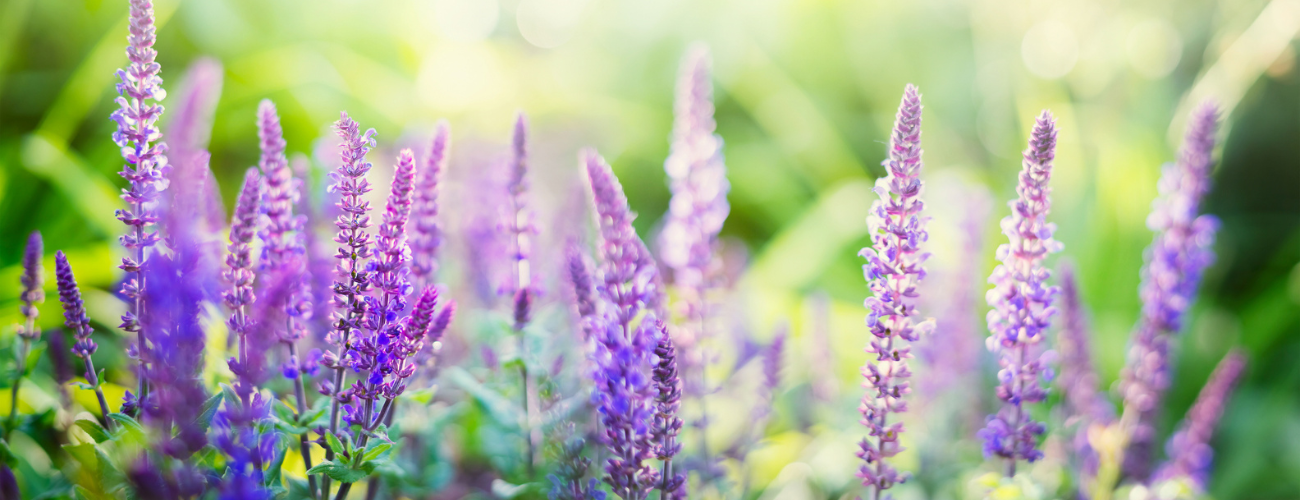
Longer term ideas
- Read our guide on future proofing your garden for climate change here.
- Choose drought tolerant plants. It’s not just lavender that thrives in hot dry weather, do your research and start planning now. If planting Mediterranean plants, do so in spring when the soil is warming up otherwise plant in early autumn. Plants will readily put down new roots into the warm damp soil.
- Plant things while they are still relatively small. They will develop much greater resilience as they adapt to their conditions from a young age.
- Early every spring mulch your beds and borders with organic matter. Homemade compost is great for this.
- Healthy soils hold more water and nutrients adding organic matter will improve its water holding capacity.
- Avoid digging or disturbing your soil in dry weather as this increases evaporation.
- Rethink your lawn. Without regular clipping, grass can establish more strongly and become more resilient to drought. Put away your mower and let the grass grow longer and include meadow flowers and bulbs. Alternatives to grass include a drought tolerant planted bed, a gravel garden or permeable paving.
- Install water butts at every opportunity around your garden. Catch rainwater that falls on your roof, shed, greenhouse, bike store, bin store or garage. Link water butts together to capture even more rain over the winter. This water can be used to water plants, top up ponds and wash your car.
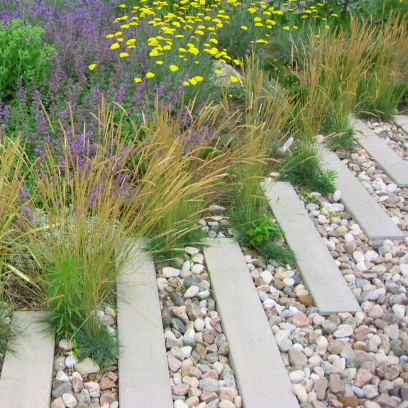

By our resident horticultural expert





